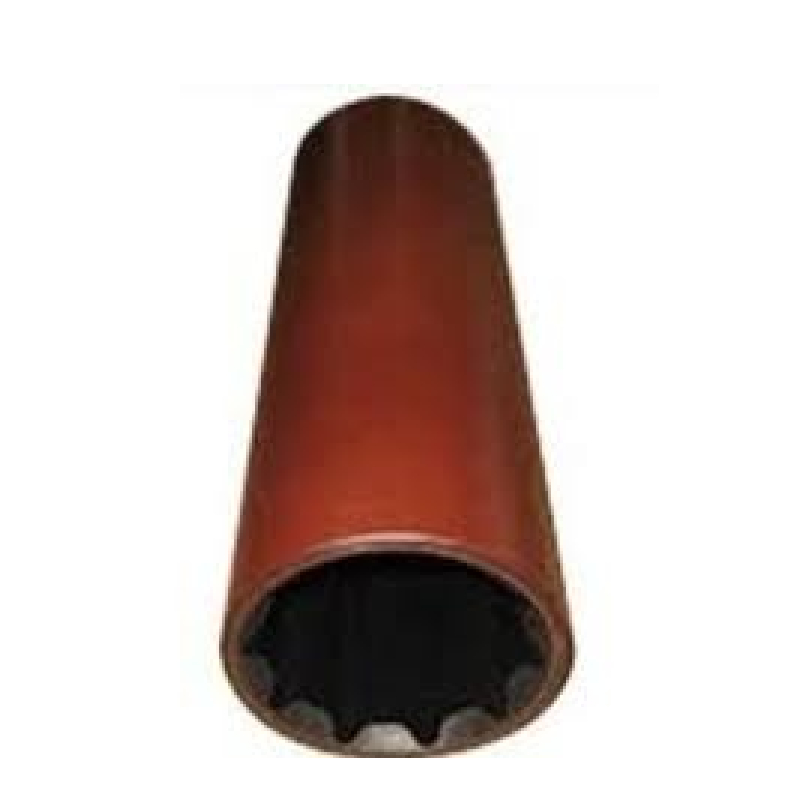Sump Plug Leaking Oil - Causes, Symptoms, and Solutions
Understanding and Addressing Sump Plug Oil Leaks
A sump plug, often referred to as a drain plug, is a crucial component of many mechanical systems, particularly in automobiles and machinery that rely on oil for lubrication and cooling. The sump plug serves to seal the oil sump, preventing leaks and ensuring that the lubricant remains within the system. However, a leaking sump plug can lead to numerous complications, affecting both the performance of the machine and the environment. In this article, we will explore the causes, implications, and solutions to sump plug oil leaks.
Causes of Sump Plug Leaks
Sump plug leaks can arise from various factors. One of the most common causes is wear and tear over time. As vehicles and machinery operate, the repeated heating and cooling cycles can cause the materials of the sump plug and the surrounding components to degrade. Seals and gaskets can lose their elasticity, leading to leaks.
Improper installation is another significant factor. If the sump plug is not tightened to the manufacturer’s specifications, it can lead to a loose fit that allows oil to seep out. Furthermore, using the incorrect sump plug for a specific application can result in poor sealing and eventual leaks.
Another cause can be damage to the sump plug itself or the threads it screws into. Stripping the threads can create gaps where oil can escape. External corrosion from environmental elements can also compromise the integrity of the sump plug, leading to leaks.
Implications of Oil Leaks
sump plug leaking oil

The consequences of a leaking sump plug are multifaceted. From an operational standpoint, oil leaks can lead to low oil levels in the system, resulting in insufficient lubrication for critical components. This deficiency can cause increased friction, overheating, and potentially lead to severe engine or machinery failure.
From an environmental perspective, oil spills can have devastating impacts. Oil is a pollutant, and any leakage can contaminate soil and water sources, harming ecosystems and wildlife. Additionally, there are legal implications; many jurisdictions have strict regulations regarding oil leaks and spills, and failing to address a sump plug leak could lead to significant fines and penalties.
Solutions and Preventive Measures
Addressing a leaking sump plug begins with identifying the source of the leak. Regular maintenance checks can help detect leaks early, allowing for timely repairs. If the sump plug is found to be faulty, it is crucial to replace it with a new one that fits appropriately.
Using high-quality seals or gaskets can provide a better seal and reduce the likelihood of leaks. When installing a sump plug, always refer to the manufacturer’s specifications for torque settings to ensure a secure fit.
Preventive measures can significantly mitigate the risk of leaks. Regular oil changes and inspections can maintain the overall health of the lubrication system. Keeping the area around the sump plug clean and free from debris can also help prevent corrosion and damage.
In conclusion, a leaking sump plug is an issue that should not be overlooked. By understanding the causes and implications of such leaks and taking proactive steps for maintenance and repairs, individuals and operators can ensure the longevity and efficiency of their equipment while also protecting the environment.
-
The Ultimate Guide to Boat Propeller Bearings and Trailer Wheel Bearings
News Jul.31,2025
-
The Essential Guide to Marine Bearings and Boat Trailer Wheel Bearings
News Jul.31,2025
-
The Complete Guide to Heavy Duty Seals: Protecting Doors and Spaces Efficiently
News Jul.31,2025
-
Essential Guide to Marine Shaft Bearings and Boat Trailer Axle Bearings
News Jul.31,2025
-
Comprehensive Guide to Marine and Trailer Bearings for Safe Boating and Transport
News Jul.31,2025
-
Comprehensive Guide to Automotive Oil Seals: Protecting Your Engine and Shafts
News Jul.31,2025
-
Understanding Automotive Oil Seals: Essential Components for Engine and Shaft Protection
News Jul.30,2025
Products categories















